News
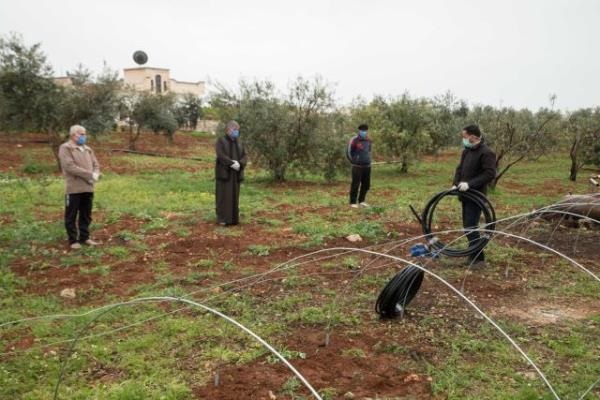
FAO needs $350 million to avert rising hunger as countries reel from COVID-19 pandemic’s impact
18/05/2020
The UN's Food and Agriculture Organization (FAO) is seeking $350 million to scale up hunger-fighting and livelihoods-boosting activities in food crisis contexts where COVID-19's impact could be devastating.
_thumb.tmb-th600x400.jpg?Culture=en&sfvrsn=9b0a6352_1)
Time to harvest the honey: Syrian returnees find new livelihoods in beekeeping
15/05/2020
The improvement of the security situation in Daraa Governorate in southwest Syria has allowed thousands of displaced families to return to their homes.

Farmers in El Salvador adapt livelihoods to the new realities of COVID-19
11/05/2020
Juan Carlos Rivera lives in the Dry Corridor of El Salvador, an area where high temperatures, low rainfall and regular droughts pose constant regular problems to his way of life.

Five things you should know about an age-old pest: the desert locust
11/05/2020
Desert locust upsurges aren’t a new phenomenon. Locusts are one of the oldest migratory pests in the world and have wreaked havoc on crops across the globe for centuries.
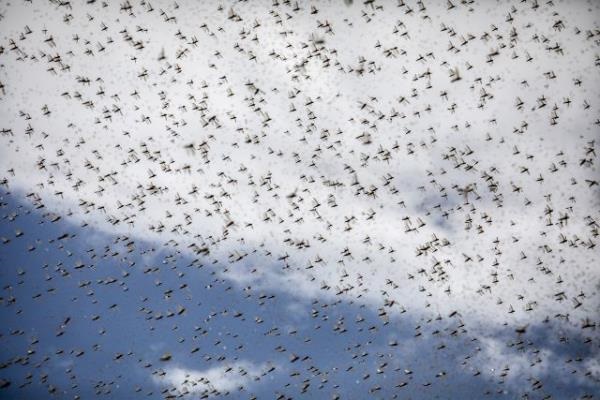
FAO makes gains in the fight against desert locusts in East Africa and Yemen but threat of a food security crisis remains
11/05/2020
The Director-General of the Food and Agriculture Organization of the United Nations (FAO), QU Dongyu, said today that significant gains had been made in the fight against the desert locust upsurge in East Africa and Yemen.
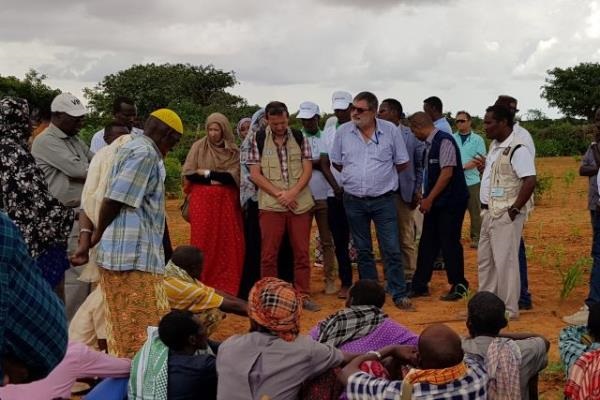
UN continues support to fight desert locust in Somalia amid COVID-19 response
01/05/2020
While Somalia and its partners, including the United Nations, focus on the response to the COVID-19 pandemic, other parts of the international organization remain concentrated on supporting the Somali authorities in a range of areas – including the current desert locust infestation.

Government of Russia announces $3 million in aid for desert locust control in Kenya
30/04/2020
The Government of Russia has announced a contribution of $3 million (KSh 300 million) to Food and Agriculture Organization of the United Nations (FAO) to support Kenya’s response to the worst desert locust invasion to affect that East African country in over 70 years.
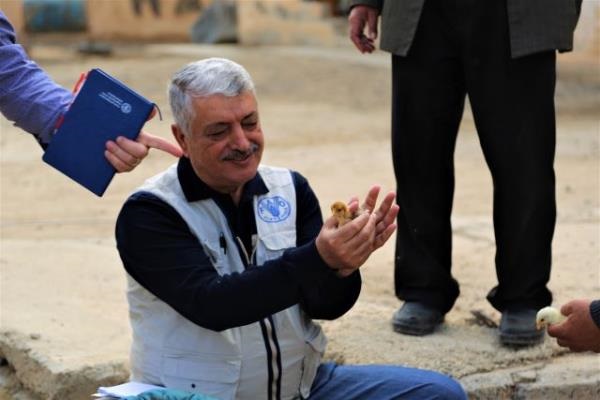
FAO distributes egg incubators to improve rural families’ livelihoods in the Syrian Arab Republic with support from DFID
30/04/2020
An implementation of an integrated and innovative intervention has sustained a source of food and income for the most vulnerable resident in villages along the river in Deir Ez-Zor Governorate in the Syrian Arab Republic.
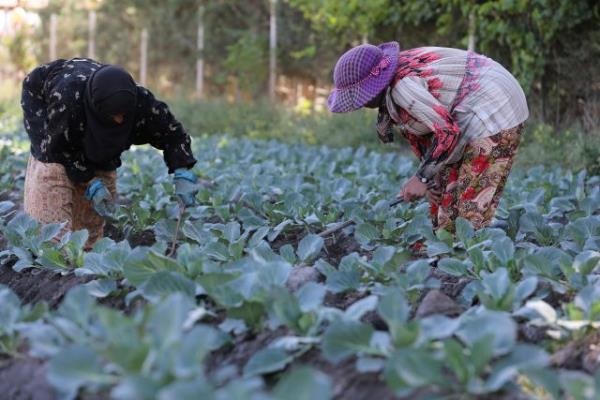
Belgium supports vulnerable small-scale farmers affected by the financial and economic crisis in Lebanon
29/04/2020
On 17 October 2019, nationwide protests erupted throughout Lebanon, coinciding with a major economic and financial crisis.
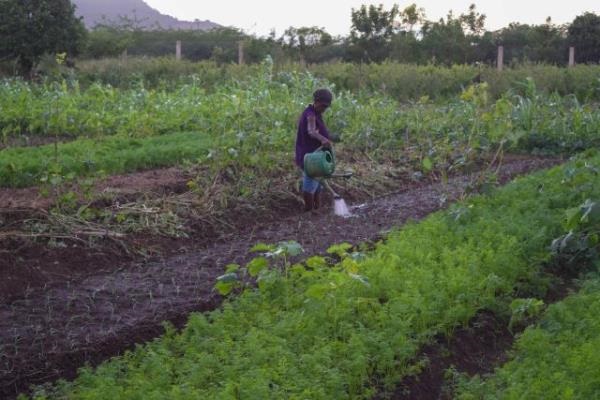
CERF supports FAO in preventing and responding to the impact of COVID-19 on food security
29/04/2020
The coronavirus disease 2019 (COVID-19) is already directly affecting food systems through impacts on food supply and demand, and indirectly through the decreases in purchasing power, the capacity to produce and distribute food, and the intensification of care tasks all of which will more strongly affect poor and vulnerable populations.
